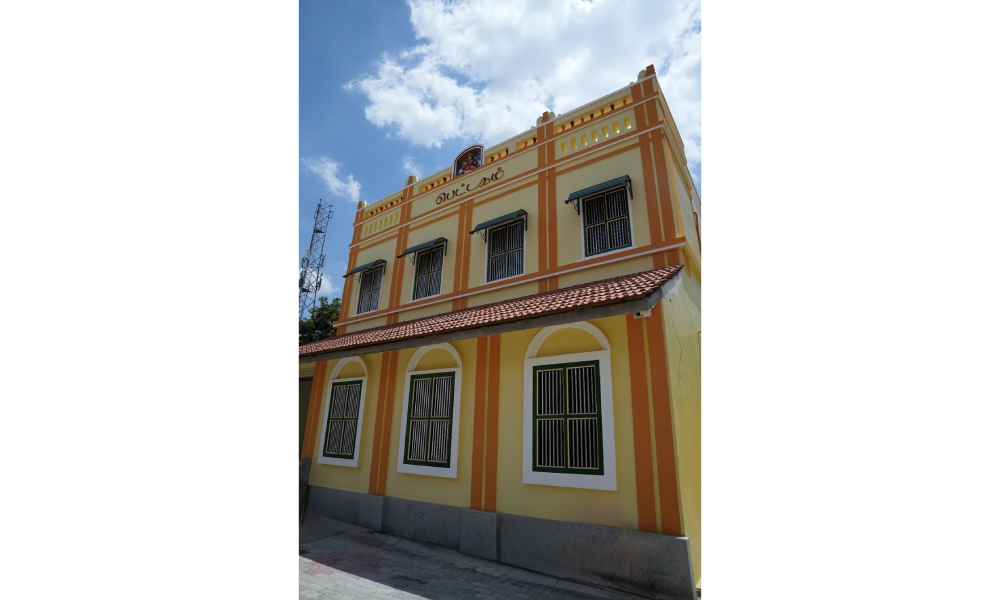The word ‘Chettinad’ is most commonly associated with a multi-sensory South Indian cuisine. However, there is more to the name than a delectable fare.
Located in south-eastern Tamil Nadu, the Chettinad region derives its name from its industrious inhabitants; the Nagarathar or the Chettiar community, who rose to prominence during the colonial era in India for their unrivalled skills in organised banking and trade.
While the Chettiars were not royalty, their prosperity and global exposure gave them a regal way of life. As seafaring traders, they absorbed diverse cultural influences from the lands they visited, weaving these impressions into their architecture, lifestyle, and jewellery.
Born into this community, jewellery designer Meenu Subbiah grew fascinated by its rich legacy. She spent two decades tracing the Chettiars’ story through the evolution of Chettinad jewellery from temple ornaments across Southeast Asia, to heirloom pieces preserved at home.
To honour her lineage, Subbiah has founded Pettagam; India’s first private museum dedicated to Chettinad jewellery. In Tamil, Pettagam means ‘a strong treasure chest’, a term similar in sound and meaning to the Hindi word ‘Petti’.
Meenu Subbiah, in a special interview with Shilpa Dhamija, shares a wealth of knowledge gathered from her extensive research and discusses the launch of the Pettagam museum and three new jewellery brands, through which she aims to popularise Chettinad designs and influences.
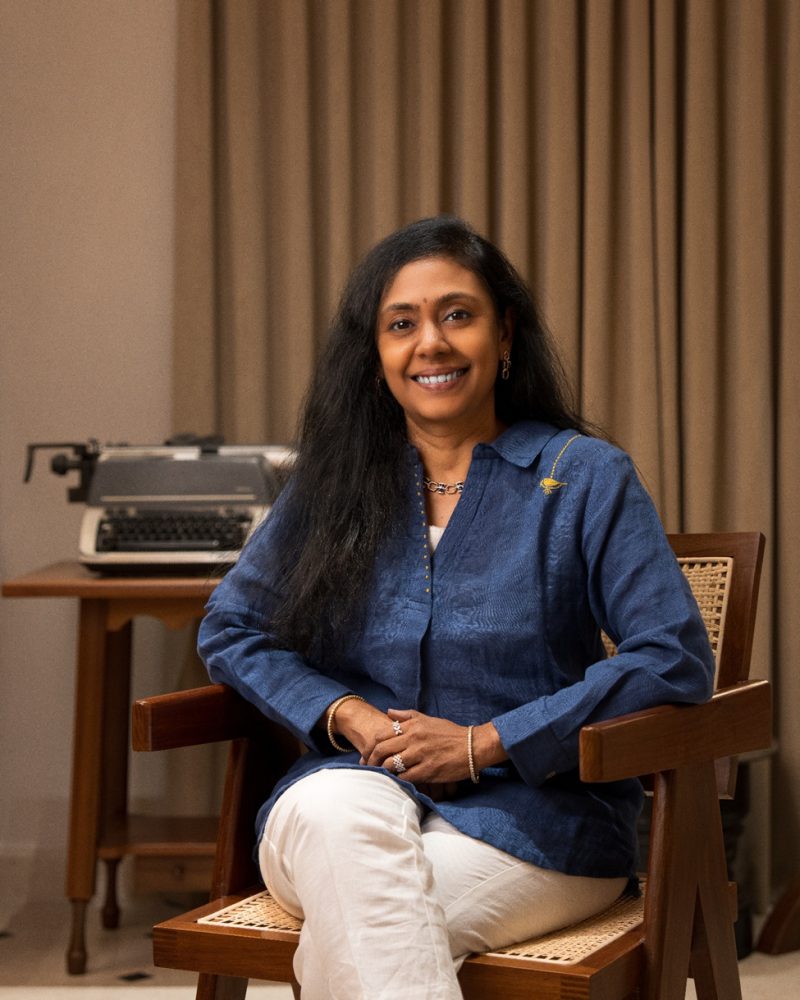
How did the idea of establishing a Chettinad jewellery museum first come to you?
I have been in the jewellery industry for 33 years, but my connection to this trade runs deeper. The Chettinad community has been trading in gems since the 2nd century. My ancestors i.e. my great-grandfather also traded in gemstones. My father and grandfather moved their business interest to other sectors, but I chose to revive my family’s legacy and became a jeweller. While catering to our community’s jewellery needs, I felt compelled to explore my heritage more deeply.
My research began with a book that I am writing on Chettinad jewellery. Chettinad design sensibilities have lived on for centuries, yet there is very little documentation or records, especially of its jewellery. During trips to Malaysia and Singapore, countries where the Chettiars traded for centuries, I learned from senior community members that much of the jewellery was already donated or inaccessible. I was able to gather some information through a few Chettinad jewellery pieces that can still be found in temples in these countries.
However, we did not seek the help of professional museum curators.
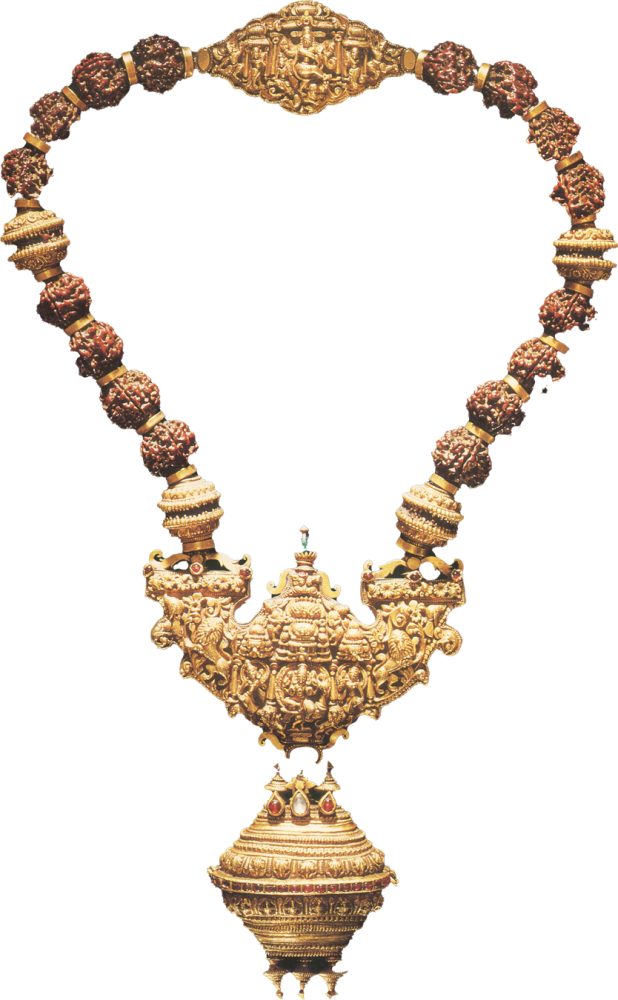
What were the most significant discoveries from your research?
Chettinad jewellery was made in only 22-karat gold, using Burmese rubies and Colombian emeralds. What sets it apart, however, is its distinctive design and purpose. The Nagarathars crafted jewellery not just for themselves but also for deities, creating large pieces for temples. Examples of this work can still be found in Burma, Malaysia, Singapore, and Sri Lanka, dating mostly to the late 17th and early 18th centuries. In fact, the Chettinad mangalsutra can also be found in museums in Singapore and the US. Records of earlier periods are scarce.
The Chettiars also invested in platinum jewellery even when gold was fashionable. My great-grandfather on my mother’s side had jewellery pieces in platinum.
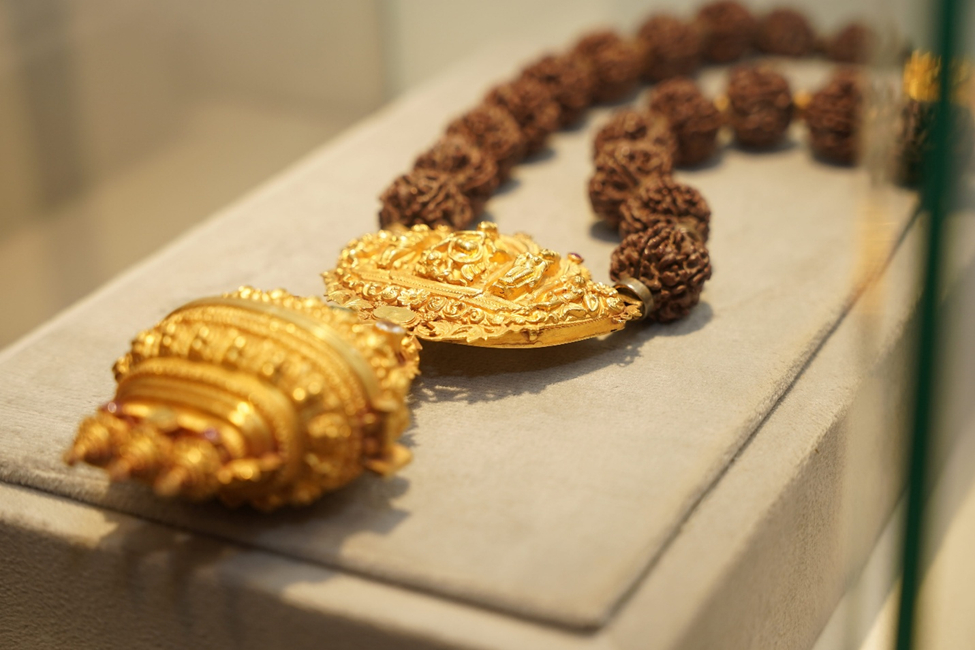
How is Chettinad jewellery different from other regions of India?
Chettinad jewellery is distinguished by its motifs, each of which carries a purpose. For example, the crab frequently appears as a motif in our jewellery. When the Nagarathars travelled, they often followed the ‘crab route’, which was faster than the ‘tortoise route’. As a gesture of thanksgiving, the crab was incorporated into the Chettinad mangalsutra called Kazhuthuru.
Another notable piece is the Gaurishankaram, a gold ornament featuring Gauri Shankar with a Rudraksh at its centre. This was traditionally worn by men. Chettinad jewellery is also known for its close-setting technique, which makes the designs sturdy, unique, and visually distinct. Close-setting requires more gold around each piece, as prongs are not used, giving the jewellery a solid and intricate appearance.
How does the Pettagam museum tell the story of Chettinad jewellery?
Built like a typical Chettinad edifice and spread across two floors, Pettagam takes the visitor through a multi-media journey showcasing the quintessence of Chettinad jewellery. In the museum, we explain various signature Chettiar motifs, their history, and the lives of the Nagarathars; how they lived, the trades they were engaged in, and why they invested in such jewellery. The museum also showcases jewellery from other southern regions, which helps compare how Chettinad jewellery is different.
For instance, the depiction of Goddess Lakshmi in Chettinad designs differs from other southern traditions. Interestingly, in Chettinad jewellery, the peacock motif is always shown with its plumage fully spread — unlike in other regions of India, where it often appears in side profile or with its train folded. Much of our jewellery revolves around the peacock, as the bird is the vahan (vehicle) of Lord Karthikeya. The temple jewellery I came across too featured peacocks with their feathers unfurled in full splendour.
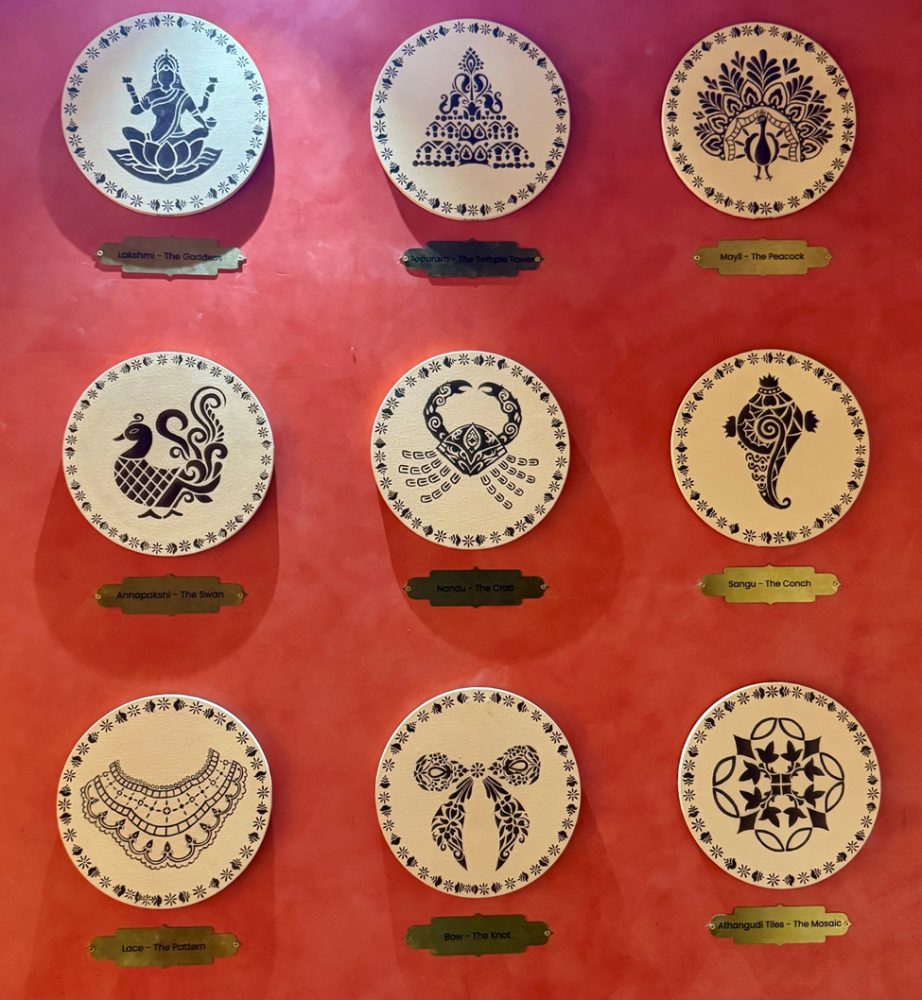
How do you plan to bring Chettinad jewellery to a wider Chettinar community through your three new jewellery collections?
My flagship jewellery brand is called Meenu Subbiah Diamonds, which has been operational for over three decades. We have outlets in India and the US. Every piece of jewellery here is made-on-order only, and is designed and manufactured in-house.
The new brands Vilasam, Vamsam and Menaya, are based on different design themes. Vilasam celebrates the region’s distinctive aesthetic and intricate craftsmanship; envisioned as Chettinad high-jewellery. While our earlier work focused on bespoke pieces, Vilasam will offer an annual collection of traditional Chettinad jewellery. With Vilasam, we aim to provide buyers with a vital reference source, addressing the current lack of comprehensive documentation for regional jewellery.
Vamsam champions India’s diverse heritage, merging different traditions. For example, adding gemstone embellishments on Kerala’s Mullai Mottu gold necklaces or contrasting enamel work like in traditional Rajasthani Jadau.
Menaya is a modern jewellery line. It offers sleek designs with flowing shapes and Chettinad influence; perfect for both daily wear and special occasions.

